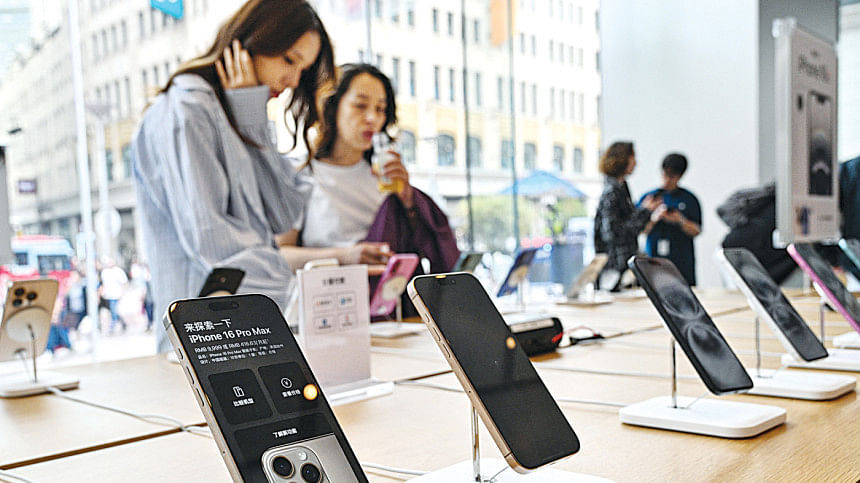The post-truce state of US-China trade looks dire

Markets appear to be writing off the latest Sino-American trade conflict as quickly as they priced it in. China's benchmark CSI 300 index is up 1.4 percent this year, marking a full recovery from its sharp drop in early April after President Donald Trump announced a 34 percent reciprocal tariff on Chinese goods, which swiftly spiralled into triple-digit retaliatory levies. The latter has been cancelled and the former suspended for 90 days, leaving the official reciprocal charge at 10 percent, level with other countries.
In reality, it's much higher. Beijing's burden was already heavier, having started out Trump's second term with effective tariffs of roughly 11 percent incurred during his previous trade war. Almost immediately, the White House then slapped another 20 percent on Chinese goods, citing concerns over fentanyl. That, stacked atop the other blanket levies, brings the country's total to more than 40 percent.
The administration did carve out some exemptions for smartphones, computers and other electronics. Factor in both those but also new global tariffs on products like steel, and the effective rate is almost 32 percent, per Fitch. That's far higher than the global average of about 13 percent, the rating agency estimates.
Optimists may take heart from the speed with which Beijing and Washington scrapped the retaliatory levies. So far, though, aside from a modest and preliminary pact with the UK, there is little indication that US. discussions with its other trading partners are yielding much real progress ahead of their 90-day deadline in early July.
Worse, the electronics carve-out on April 13 was followed the next day by a national security probe into semiconductor imports. If that ends up shrinking the loophole and pushing the effective rate on China higher, it will complicate already fraught trade talks.
Those with skin in the game don't expect a quick deal restoring the status quo ante. Apple intends to shift production of most US-bound iPhones to India, Reuters reported last month. Last week, Allan Wong, CEO of Hong Kong's Vtech — one of the world's largest toymakers and a supplier for Walmart — told the Financial Times that he planned to shift all production for the US market out of China by the end of next year.
Other manufacturers previously battered by protracted uncertainty during Trump's 2018-2020 trade war are planning similar moves, Nikkei and others have reported. Traders may be betting on a quick resolution, but that's at odds with the dire situation on the ground.
The effective US tariff rate on imports from China currently stands at 31.8 percent, per a report from ratings agency Fitch on May 13, the highest of any trading partner.
That's after President Donald Trump's administration on May 12 suspended for 90 days the 34 percent US reciprocal tariff on goods from the People's Republic and cancelled triple-digit retaliatory levies imposed last month.
The White House exempted smartphones, computers and some other electronics from reciprocal tariffs on April 13, but opened a national security probe into semiconductor imports the following day.
Allan Wong, CEO of Hong Kong-based VTech, one of the world's largest toymakers and supplier for Walmart, told the Financial Times on May 14 that despite the trade truce his company planned to shift all production for the American market out of China by the end of 2026.

 For all latest news, follow The Daily Star's Google News channel.
For all latest news, follow The Daily Star's Google News channel. 



Comments